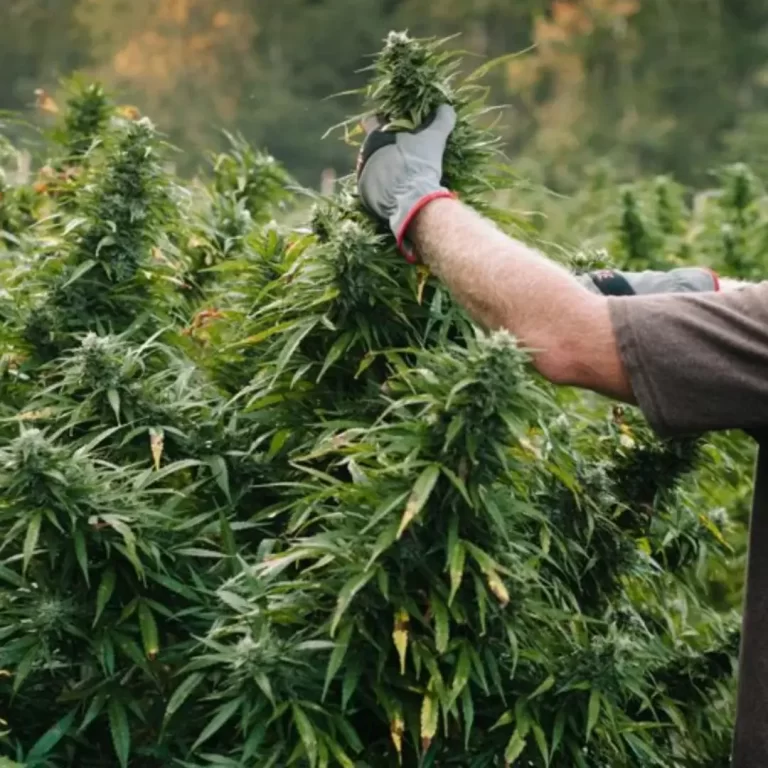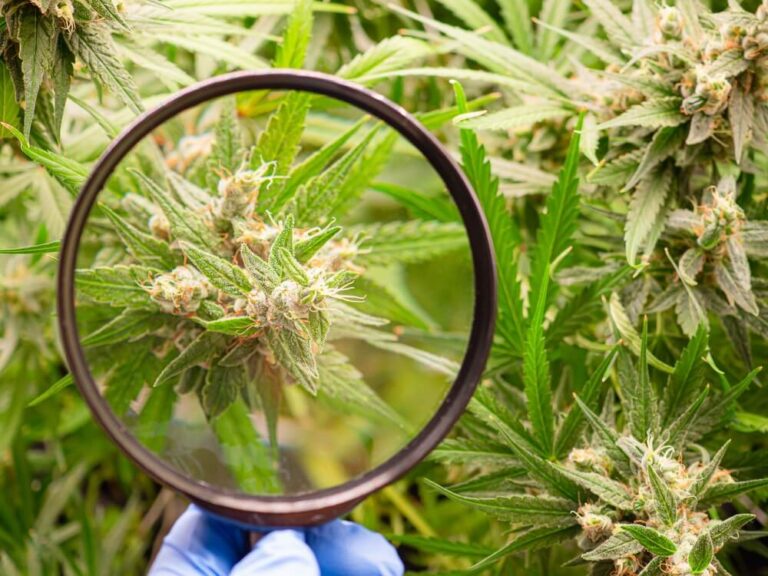
What Are The Origins of Cannabis?
- Education
- Cannabutter Digest
The study of the origins of cannabis makes it clear that the reason is so ubiquitous in our modern world is because of its versatility. The three recognized uses of cannabis are as medicine, as material for rope and cloth, and as an intoxicant. Hemp for rope and cloth was by far the most popular application of the cannabis plant because hemp is tough and easy to work with, so most cannabis was grown for this use in the early and middle centuries.
Cannabis grew wild in Central Asia and was first cultivated 5,000 to 6,000 years ago. Medical marijuana was the initial reason cannabis grew popular: In fact, the first medical text in history, the Chinese Pen ts’ao Ching, discussed using cannabis to restore yin and treating conditions such as gout, rheumatic pain, constipation, malaria, and gynecological disorders.
Even early on, the pain-fighting properties of cannabis were widely recognized due to a surgeon, Hua Tuo, who used it for surgeries that eliminated pain in patients. He used an application called “máy óu” made from an oil combined with cannabis resin, datura, and wine. The pain-relieving properties of cannabis were the reason that the Chinese word for it is the origin for “numb,” “narcotic,” and “paralysis.”
Cannabis is found in India in an important Ayurvedic medical text in 800 BCE explaining the plant’s medical uses, including as an appetite stimulant, anesthetic, anticonvulsant and antiparasitic, among many others.
Cannabis was included in medical records written on papyrus in 1550 BCE, and it was used in Egyptian medicine for anti-inflammatory purposes and as an aid in childbirth. Egyptians administered cannabis by the mouth, skin, rectum, vagina, and eyes.
The Greeks and Romans expanded the use of cannabis to construct rope and sails. This application is referred to in modern times as hemp, to distinguish it from medical applications. We define hemp as a marijuana plant that contains .3 percent THCA. However, this is a purely modern distinction – “hemp” and “cannabis” described the same plant throughout much of history.
Persian medicine referenced cannabis in the Canon of Medicine in 1025, where it was cited as an effective treatment of pain, gout, edema, and infected wounds. Persian scholars were among the first to become aware of the biphasic effects of cannabis: a small amount of THC creates positive effects, but large doses can have negative effects on the user. The first cannabis edible originated in Morocco, a mahjoun, a sweet pastry stuffed with hashish.
Cannabis in Europe
There is evidence that hemp arrived in Europe before 500 BCE. Hemp was found in German burials dating to that time. It is thought hemp was brought to Europe by Central Asians via the “Bronze Road,” later named “the Silk Road.”
The first medical uses of cannabis in Europe are recorded in the Anglo Saxon Old English Herbarium from the 11thcentury CE. The book documents cannabis being used as an anesthetic to treat gout, urinary infections, weight loss, and childbirth.
A papal bull from 1484 was an opportunity for the Pope to criticize the medicinal use of cannabis. But maritime republics decided they needed hemp to make rope and sails, and they ignored it. Hemp was used to make canvas and paper in the Italian Renaissance.
Cannabis as an Intoxicant
Hashish was popular in the Mideast as an intoxicant. Soldiers in Napoleon’s army were encouraged to smoke hash during the 1798 military campaign in Egypt, and many brought the cannabis plant back home when they returned to France. Cannabis spread throughout Europe, used as an intoxicant and as a medicine.
Hemp use in North America followed the conquistadores when Spanish soldiers in Hernán Cortés invaded Mexico in the early 1500s. In fact, a Spanish soldier Pedro Cuadrado and another soldier started a business growing hemp. The business was quite successful. By 1550, a Spanish governor restricted hemp growing and production due to the fact that too many locals were smoking it instead of using it for rope and cloth.
King James of England published and enacted a royal decree that instructed colonists in Jamestown, Virginia, to grow hemp. It was considered a valuable crop for making strong rope, sails, cloth, and other products. But Indian indentured servants likely brought cannabis with them when they replaced British slaves in the Caribbean in 1834. It was popular as an intoxicant in the islands, particularly in Jamaica, where it was called “ganja” from the Indian word for cannabis.
An Irish doctor, William O’Shaughnessy, wrote and published a textbook titled “On the Preparation of the Indian Hemp, or Gunjah.” O’Shaughnessy did his research and medical work in India and found that cannabis was an effective treatment for rheumatism, convulsions, and spasms associated with rabies and tetanus. It was an example of the increasing popularity of medical marijuana in European countries. That popularity increased throughout the 19th century. In France, a psychiatrist, Jacques-Joseph Moreau, researched cannabis as a treatment for mental illness. Moreau published his research in the book “Hashish and Mental Ilness.“ O’Shaughnessy and Moreau’s work had a major effect on Western Medicine and perceptions of cannabis as a treatment for a wide variety of illnesses and conditions.
The end of the 19th Century saw more than 100 medical studies involving cannabis, and pharmaceutical companies saw the benefits of cannabis tinctures and other medical applications of medical marijuana that claimed to cure a variety of ailments. However, by the end of the century and into the 20th Century, the benign view of marijuana began to change. More and more, governments and medical establishments began to believe the intoxicating effects of cannabis were harmful to society and began to outlaw the plant. However, the medical use of cannabis is on the increase, so things are coming full circle. Again. We live in an era where 18 states in the US, and several countries in South America and Europe, are legalizing recreational marijuana. The versatility and usefulness of the plant ensure its long-term prospects as an agricultural marvel.






